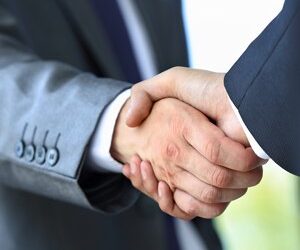 The merger with AustralianSuper will provide AGEST Super with strong membership growth, good cash inflows and scale efficiencies, according to AGEST chief executive Cath Bowtell.
The merger with AustralianSuper will provide AGEST Super with strong membership growth, good cash inflows and scale efficiencies, according to AGEST chief executive Cath Bowtell.
"It's not just about being big, it's about being a fund that has strong cash inflows and strong member growth," Bowtell said.
Both funds share a similar investment philosophy, and AustralianSuper has a "good suite of products" that is similar to AGEST's offering, she added.
The selection of AustralianSuper as a merger partner followed a tender process that AGEST commenced in September 2011.
The two funds will now negotiate the implementation of the merger and conduct due diligence on each other, Bowtell said.
"Our board will have to be convinced that the costs to our members are outweighed by the benefits to our members," she said.
One big potential cost in a merger is the potential loss of deferred tax assets, Bowtell said. AGEST has sent a submission to the Government requesting capital gains tax rollover relief to resolve the issue.
But while there are execution costs involved in undergoing a merger, failing to merge could also cost AGEST money, Bowtell said. She cited regulatory costs and the establishment of operational risk reserves in particular.
AGEST has 130,000 members and funds under management (FUM) of $4.3 billion.
The merger will further cement AustralianSuper's position as the largest industry fund in the country, bringing its FUM to $46 billion.




